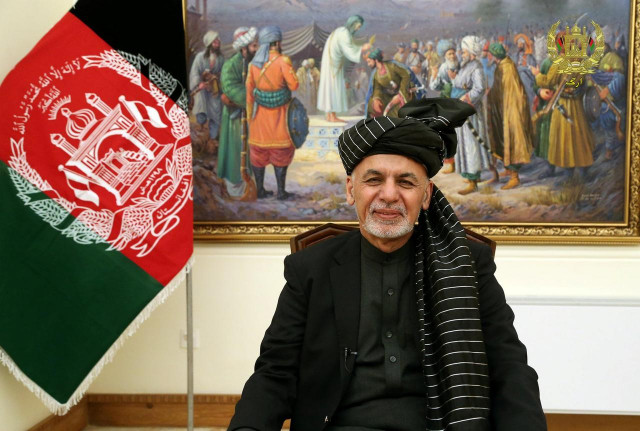
The Murree huddle under the Lahore Process in June 2019 is significant in the sense that a demi-official group was able to bring together Afghans of many political and ethnic affiliations. But the process fails short due to its inability to bring to the table the main stakeholders — the Taliban. Without authorisation/ meaningful participation by the Afghan Taliban, no political process can be a success.
The Taliban are and would stick to their fundamental demand of complete withdrawal of the Occupation Forces before a ceasefire, because they simply cannot afford otherwise for three very cogent reasons. (1) A Movement like the Taliban, where a large percentage of the combat strength is contractual, seasonal, and/ or voluntary with only a core of salaried cadre, would not be able to negotiate from a position of strength; in a post-ceasefire scenario, when majority of their cadre is demobilised and has retreated back to their villages. The essence and lifeline of the Movement remains in maintaining the combat tempo and retain what is called, combat relevance. (2) Agreeing to a ceasefire at the US terms, when the Taliban control the operational tempo in Afghanistan does not make any military sense. They are ascendant as per reliable media reports, they control vast areas outside the few cities secured by the Nato/ US/ Afghan Forces, they operate in highly-protected cities with impunity and they also dominate the night. (3) The Taliban Rank and File would rise up against any ceasefire, where they seemingly don’t have a very significant, immediate and visible advantage, with the potential of internal fissures and ultimate splintering of the Movement. Most of these disenfranchised Taliban are likely to cross over to the IS, making it difficult for the Movement to secure Afghanistan in a post settlement scenario. The Taliban leadership is very sensitive to the pulse of their cadre.
Mid-level and ranking Taliban field commanders are more radicalised than the erstwhile Mujahideen. Some years ago, the US/ISAF officials were advised against killing the Taliban high and mid-level leadership in nightly raids by the US Special Forces on the presumption that the replacement ranking commanders/foot soldiers were/are raised in a violence-laden environment and are not very amenable to flexible positions. This truism has borne fruit, but then US-dominated Afghan decision-makers are known for trying the correct option after all bad options are tried first.
Sociologically, like all tribal societies, Afghanistan also had a very resolute Conflict Resolution Mechanism (CRM). This was moored in a strong social system – the Pukhtunwali or Pashtunwali — and its variants in the Hazara Highlands and other areas of non-Pashtun habitation, the institution of Jirga, the notion of Nanewatee (going to the doorstep of the aggrieved), and the tradition of mashar and kashar (respect given to the decisions of elders by those younger) and the institution of spin-geeray (the white-bearded elderly cadre). However, the traditional CRM operates in vacuum, when there are no outside supporters to the parties in conflict. That is not the case now. The CRM today stands badly degraded because of the greater sociological changes in the Afghan society due to emigration and migration and the war-consequent violence and disruptions. Secondly, the traditional Afghan power elite/nobility has been replaced by newer, younger and moneyed power elite, whose ability to generate and sustain consensus is limited. Thirdly, the scope and span of the conflict and the stakes of all sides involved, necessitates outside arbitration, as the inherent CRM does not have the capacity to deal with the magnitude of the conflict alone, without being nurtured to its earlier effect in a long-drawn process that nobody can afford. Outside powers, however, have their own interests and positions. To put it candidly, in the zero-sum Afghan game, win for Pakistan, for example, is India’s loss.
So how can there be peace under such a challenging environment. There are two possible options. The first outcome is of a negotiated settlement on ceasefire, the nature of the interim government, the status of women, Afghan constitution and the distribution of resources. It is all easier said than done. Afghans themselves rather than their myriad backers, are never going to agree to any negotiated settlement. Taliban’s reluctance to talk directly to the Afghan government is a case in point. Geneva Accords (14 April 1988) were possible because of the robust Seven Parties’ Alliance representing Afghan Mujahideen of all religious, political and ethnic backgrounds, Pakistan’s unflinching and pivotal military and intelligence support and the backing of the US and the erstwhile USSR, who wanted to cut loose and run. This time around, Taliban decision-making seems more dominated by military considerations, Pakistan seems to have conceded some space to Doha, Moscow and Beijing and there is hardly any counter-weight to the US, who wants to cut loose and run. And other stakeholders like Iran, Russia, India and China are vying for competing agendas and end states.
The second outcome is the continuation of military operations by the Taliban till their complete victory and control over the Afghan territory. If history and sociology of the Afghanistan is any guide, this seems to be the most likely outcome, and Pakistan must brace for it at the policy and planning levels. If operations by IS are taken into account, the situation becomes worrisome. A New York Times article on 14 June 2019 titled ‘US Special Forces Battle Against ISIS Turns to Containment’ says “… the [US] officials acknowledge that it all amounts to more of a containment effort than anything that could eradicate the Islamic State loyalists here”.
In case of a peace settlement, the IS reportedly is planning a concerted recruitment drive to lure in the disenfranchised Taliban and other elements. It has cash due to extortion, abductions, illicit trade in opiates and has a committed cadre repatriated from the Middle East/ elsewhere, besides the defected Taliban. And geographic advantage of their strongholds in the Eastern Afghanistan makes them safely entrenched. So, the Afghan conflict is likely to be morphed either into the Taliban battling the US/ Nato and/or the Afghan Government Forces; and/ or the Taliban fighting the IS Forces. Again from a sociological-historic standpoint; to have effective control and governance, one group has to emerge predominantly victorious at the cost of the others. Democratic experience under the US has and is likely to remain in infancy like similar initiatives in the past.
Published in The Express Tribune, July 9th, 2019.
Like Opinion & Editorial on Facebook, follow @ETOpEd on Twitter to receive all updates on all our daily pieces.
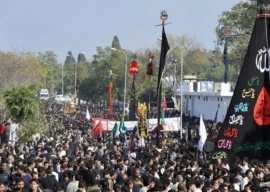
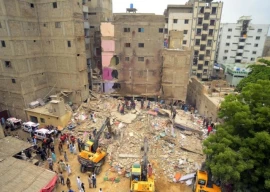

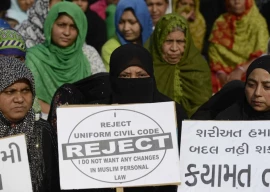
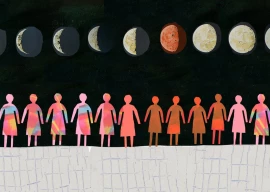
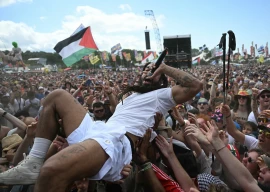












COMMENTS
Comments are moderated and generally will be posted if they are on-topic and not abusive.
For more information, please see our Comments FAQ